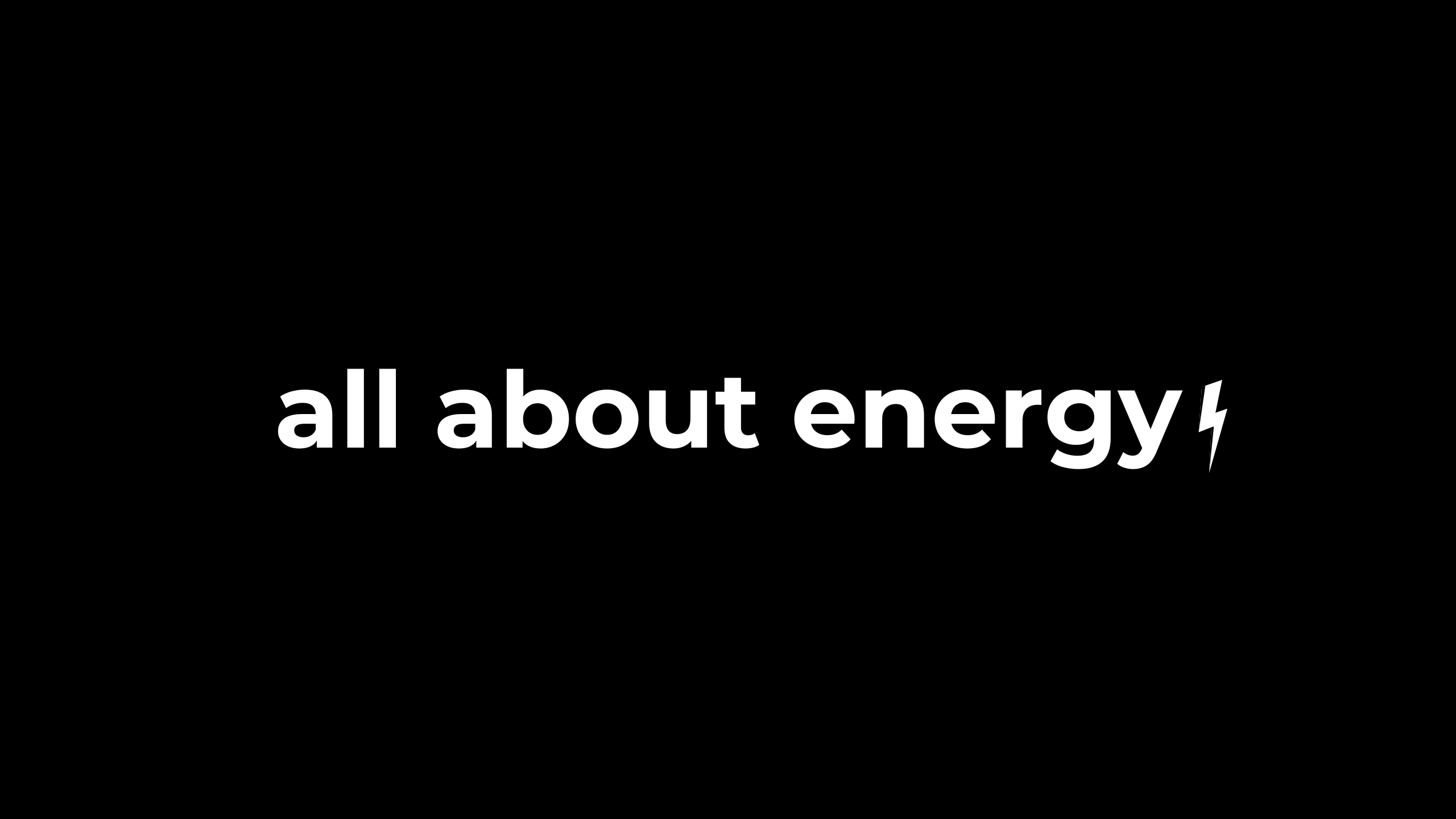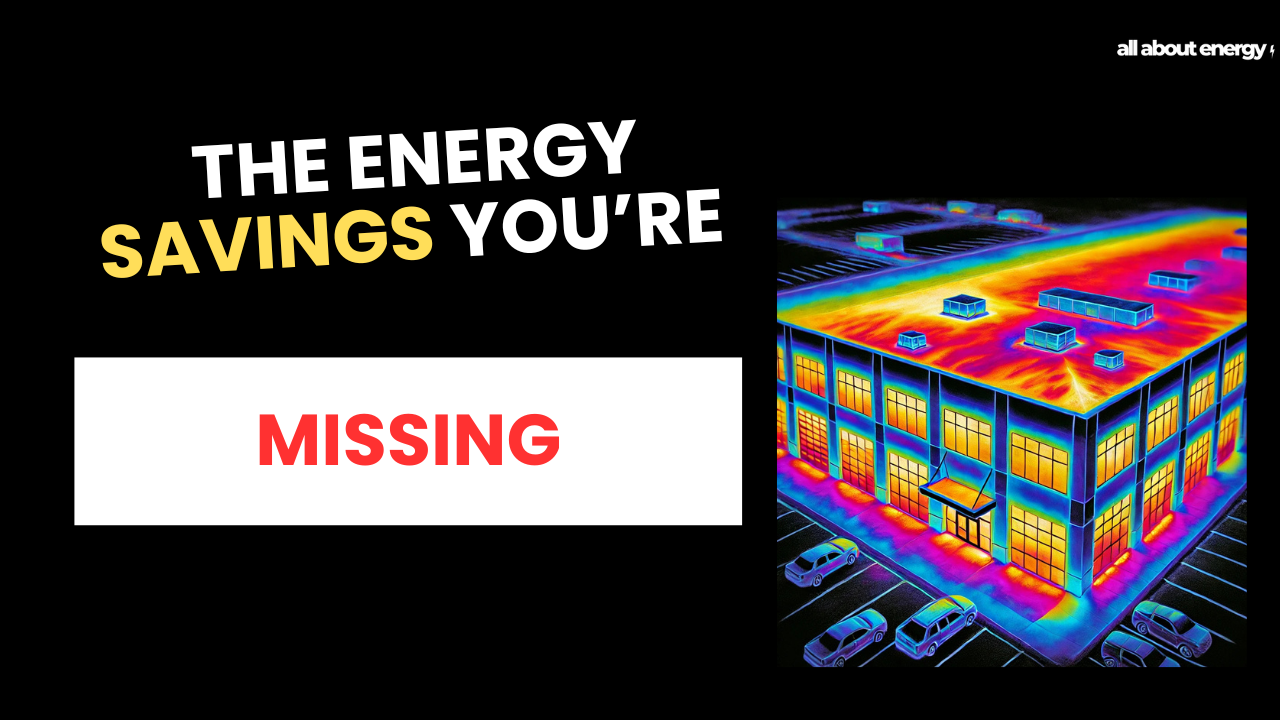How to Spot Hidden Energy Saving Opportunities
Written by Joe Wright
One of the biggest challenges in energy management is that savings opportunities often go unnoticed not because they don’t exist, but because you don’t know where to look.
The moment you understand where to focus, these opportunities become obvious, and in many cases, impossible to ignore.
Start with the Fundamentals: The Laws of Thermodynamics
Understanding the basic principles of energy can help you uncover inefficiencies. Two key laws of thermodynamics can guide you in this process.
The First Law: Energy Conservation
This law states that energy cannot be created or destroyed; it can only change forms. In practical terms, this means that every unit of energy in your business must be accounted for. If energy is entering your system but not being used productively, it’s being wasted.
So how do you track it? Start by getting control of your energy data:
- Move beyond monthly invoices – They provide useful insights but lack the detail needed to pinpoint inefficiencies.
- Profile or half-hourly data is better – This helps track patterns and identify anomalies.
- Submetering may be the answer – This can provide a clearer picture of where energy is being used or wasted.
- Energy Waste Tracking: Where does unused energy go? Heat, vibration, lighting left on, or unnecessary running of machinery—each of these points to potential inefficiencies that can be corrected.
Key Questions to Ask:
- Does your energy consumption mirror your operational demands, or is there excess use when processes are inactive?
- Are energy spikes coinciding with specific production cycles or shifts? If so, why?
- Can energy losses in heating, cooling, or compressed air systems be reduced?
The Second Law: Entropy and Energy Loss
The second law of thermodynamics states that energy becomes less useful over time. No process is 100% efficient, meaning some energy is always lost whether through heat, friction, or other inefficiencies.
Your goal is to minimise these losses as much as possible. Here’s how:
- Process Optimisation: Evaluate workflows to identify redundant steps that increase energy consumption.
- Technology Upgrades: Older equipment tends to be far less efficient. Consider high efficiency motors, better insulation, modern HVAC systems and generally upgrade to the latest technology for a system where possible.
- Heat Recovery Systems: Capture and reuse waste heat from industrial processes, data centres, or HVAC systems to improve overall efficiency.
Key Considerations:
- As your machinery ages, has its efficiency been benchmarked against newer technology?
- Are your insulation and HVAC systems maintaining temperature with minimal losses?
- Are there heat leaks in processes that could be captured and repurposed?
Where to Look for Hidden Savings
Examine Your Energy Load Profile
Your energy load profile provides insights into when and where energy is being consumed. Look for patterns:
- High baseload consumption: If energy use remains high during non operational hours, investigate idle loads.
- Sudden spikes: Identify whether these are process related or indicative of equipment malfunctions.
- Seasonal variations: Heating and cooling inefficiencies often reveal themselves during temperature extremes.
2. Target Equipment Performance and Maintenance Issues
- Implement a predictive maintenance program based on real time performance data rather than reactive fixes.
- Identify standby power losses many devices consume energy even when not in active use.
3. Investigate Process Inefficiencies
- Look at compressed air systems, which often account for significant energy waste due to leaks or unnecessary high-pressure operation.
- Analyse lighting systems. Can sensors, timers, or LED upgrades cut costs?
- Consider automation and control systems. Optimised scheduling can eliminate unnecessary energy consumption.
Make Energy Reviews a Habit
Energy efficiency isn’t a one time effort. It requires continuous monitoring and improvement. Regularly tracking energy flows and questioning, How can this be done more efficiently? puts your business in a strong position to reduce costs, improve compliance (like ESOS), and move closer to net zero goals.
Start looking in the right places, and those hidden energy savings will become clear.
Are you looking to improve your organisations energy management practices?
Take our Energy Management Scorecard quiz to assess your current strategies and identify areas for improvement. Click below for the free assessment

You May Also Like…
Compliance Simplified
If you’re part of any of the mandatory compliance scheme like SECR, ESOS, or the many others out there, then you...
Why maintenance matters for energy management
When you think about improving your energy management, where does your mind go first? Upgrades? New systems? Cutting...
Creating A Culture Of Energy Efficiency
If your business is subject to compliance schemes like ESOS or SECR, you’re not alone. A lot of the companies I work...




